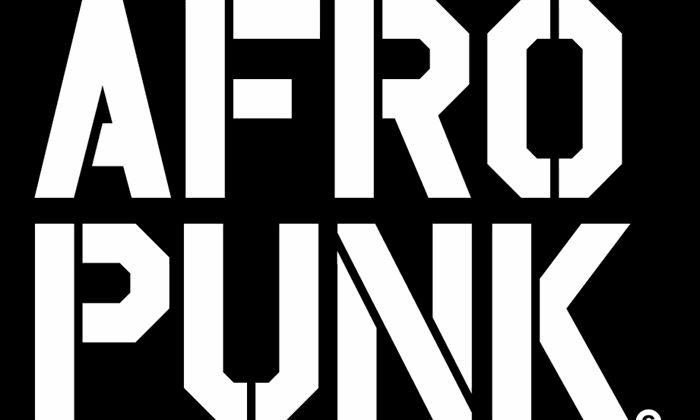
Copyright Afropunk Paris
Having experienced the vibrant and inviting energy of this year’s Afropunk Paris Festival, Lisa Beech reports from her short stay at France’s most inclusive event.
Afropunk Paris 2019 was held at La Seine Musicale, a stunning piece of architecture located on the River Seine. The weather was beautiful which made for a perfect backdrop for some amazing photos. There were house boats and homes from all eras, high upon the bank opposite the supported front of the old Renault factory. It made for a picturesque walk from my hotel to the venue.
Afropunk is a weekend festival that is just as much about politics and art as it is about music. It is a pro-black festival in that it celebrates black creativity and excellence but also inclusiveness. So yes – white people are very much welcomed, as long as they don’t see it as an opportunity for fancy dress with black culture. It is unlike a pro-white festival where black people would almost certainly be unwelcome.
Within the black community there is accepted homophobia and transphobia which, I believe, can stem from a warped interpretation of religion. Afropunk actively fights against that and it could be seen and felt at the festival – people were walking free and proud and without fear and prejudice, just enjoying being themselves in a way that they may not feel able to do in their day-to-day lives. As a festival that boasts its tolerance, it was important to see that it wasn’t just a marketing ploy – from a practical perspective there was also great access for people with physical disabilities with the ambulance staff clearly visible if anybody needed assistance. I’m aware there were probably a lot of people with hidden disabilities there too, but generally it seemed that in terms of accessibility everything was thought of. Top marks for actual inclusiveness Afropunk!
I realised that, being 40+, this would be the first real festival I’d attend in nearly two decades. I’d been to live music events in pubs, clubs and ‘festivals’ in local green areas lasting half a day but not something that lasted twenty four hours over two days – with some sleep in between. I don’t even box set-binge for that length of time on a comfy sofa – how was I going to cope?! Quite easily, it seemed.
Maybe 10, 20 years ago, I would have been all about the music but time has mellowed me from the pretentious ‘underground music’ know-it-all I thought I was (but totally wasn’t) into a people person who wanted to hear about their journey, their expression, their lives. Fortunately, those at Afropunk were more than willing to share. They wear their hearts on their sleeves. Literally too, be their sleeves fabric, food, music or some other medium. The creativity was overwhelming!
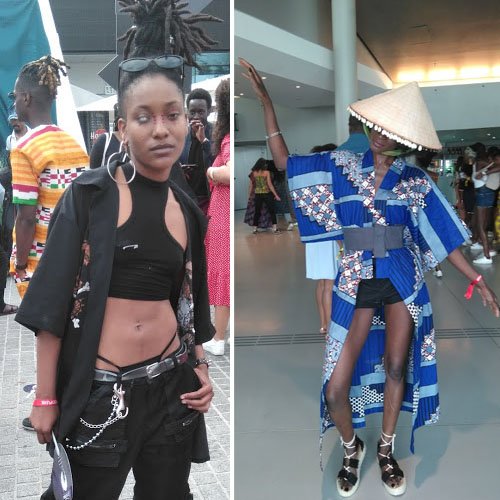
Lisa’s photos from Afropunk
Excellent craftsmanship was in abundance everywhere I looked. All were dressed to impress and some went all out with their unique style. Those that I noticed and talked to wore a combination of newly bought and/or recycled pieces, some had friends who were designers and were showcasing their fabulous work. I saw costumes and headpieces. There were people with the most colourful and striking make-up looks and those that had visited the traditional African face painting stall. I was in awe and wished I was wearing more than black and white. The second day, I went colour mad and even sported turquoise lipstick – it looked and felt right!
The art pieces were arranged inside the venue and all were popular with the audience. Afropunk had picked well and had probably been inundated with artists eager to have their work seen by so many from around the world and then again when those who took photos shared them on social media. Artists know you can’t put a price on that level of publicity and most would not be in a position to afford it anyway. The artists among the chosen were Joe Akitawonya, Beya Gille Gacha, Miguel Ovalle and Alexis Peskine. The work featured various time consuming, intricate designs and all gave me the feelings of peace and serenity.
The music was lively and varied throughout – “Battle of the Bands”, breakthrough acts, DJs and big names. All were filmed atrociously on my phone. Political conversations were held in the back part of the gallery with Q&As . Topics included the visibility of black people within the arts, the representation of beauty standards, and how people were feeling in the current political climate given the increased popularity of the far right. There were catwalk shows and photoshoots. Appetising smells from the food stands included Caribbean, African and Brazilian dishes. Sound systems outside were playing classic dance tracks from my clubbing days. Inside, music could be heard continuously as a subtle soundtrack to the art gallery. Once the doors of the concert area opened however, the music was at full festival volume. The performers gave us heavy bass, punk-rock, jazz, politically charged hip-hop and others charmed wirth humour when addressing the crowd, keeping it real and interactive.
It was a great atmosphere, no bad vibes at all. I didn’t know what to expect and I end up thinking it was the best thing ever! For those who think Afropunk is just another festival, you’d be right and wrong. It’s more than that: it’s a creative directory it’s activism, a political movement, one that’s inclusive regardless of sex, gender, sexuality, disability, race and age. It believes in shouting loudly in favour of the underdog and the poorly treated. It fights racism in a pragmatic and relentless way. It is the alternative black experience and it’s cool as hell!

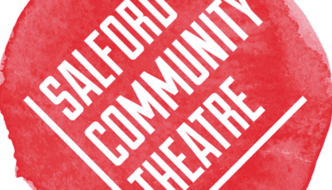
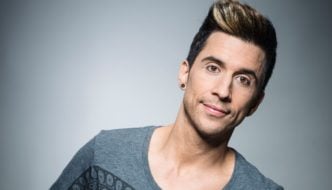
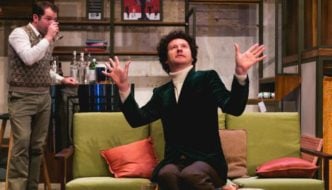
Comments